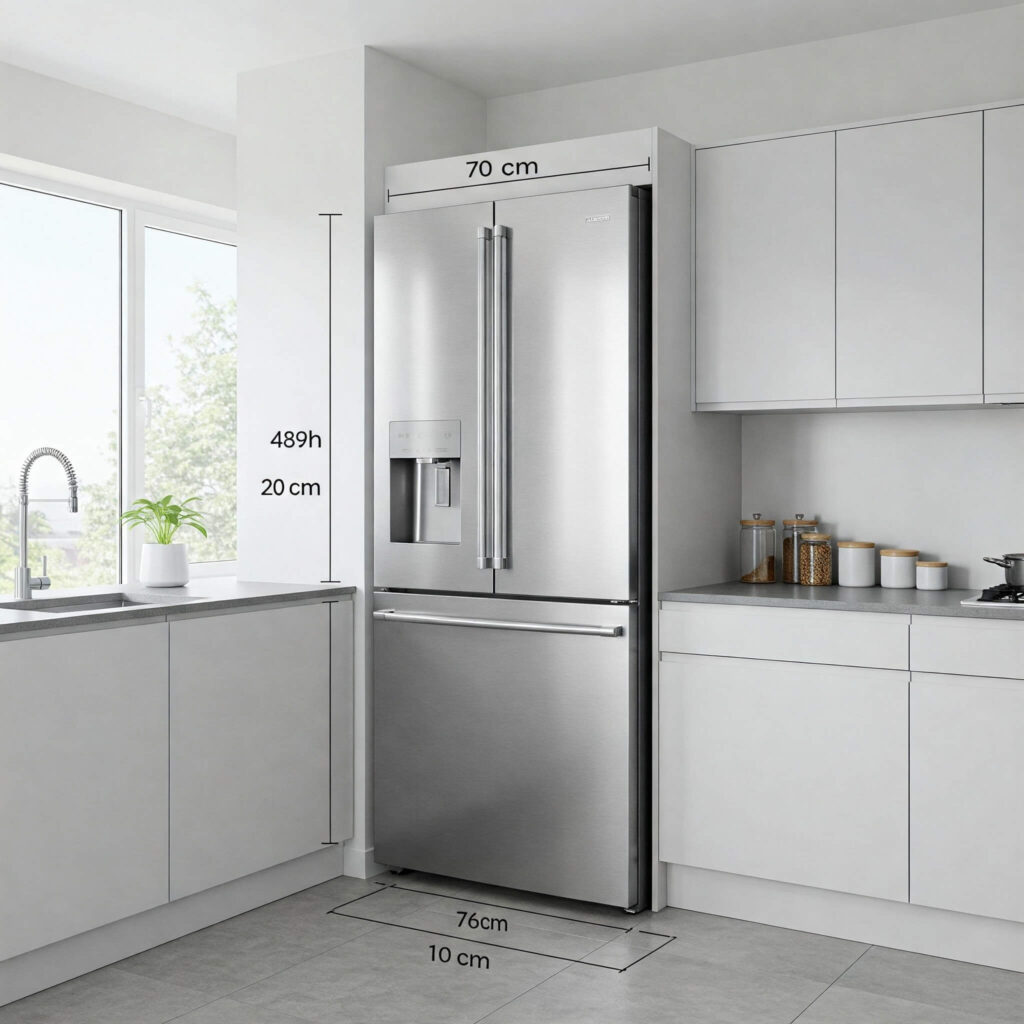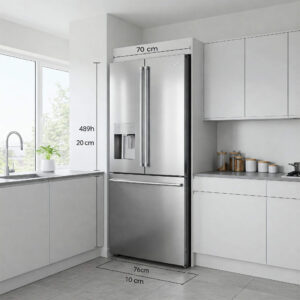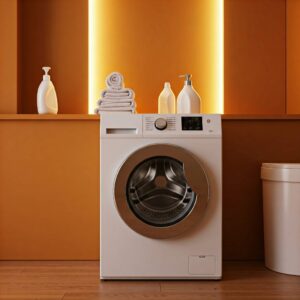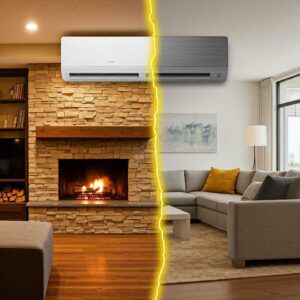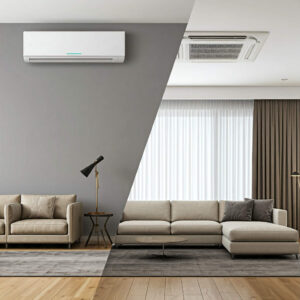Have you ever opened your refrigerator and felt like you were playing a game of Tetris just to fit in your groceries? Or maybe your fridge feels half-empty, wasting valuable kitchen space? Choosing the right refrigerator size is crucial for keeping your food fresh, maintaining energy efficiency, and ensuring a seamless kitchen experience. In this guide, we’ll help you determine the ideal fridge size for your home, balancing storage needs, family size, and kitchen space.
- Step 1: Consider Your Household Size
- Step 2: Measure Your Kitchen Space
- Step 3: Understand Different Refrigerator Styles
- Step 4: Assess Your Storage Needs
- Step 5: Consider Energy Efficiency
- Step 6: Factor In Special Features
- Step 7: Balance Budget and Quality
- Conclusion
Step 1: Consider Your Household Size
One of the most important factors in selecting a refrigerator size is the number of people in your home. Here’s a simple guideline:
- Single or couple: 150 – 250 liters (5.3 – 8.8 cubic feet)
- Small family (3-4 people): 250 – 350 liters (8.8 – 12.4 cubic feet)
- Medium family (4-6 people): 350 – 500 liters (12.4 – 17.6 cubic feet)
- Large family (6+ people): 500+ liters (17.6+ cubic feet)
If you entertain guests often or prefer to bulk buy groceries, opt for a slightly larger fridge than recommended.
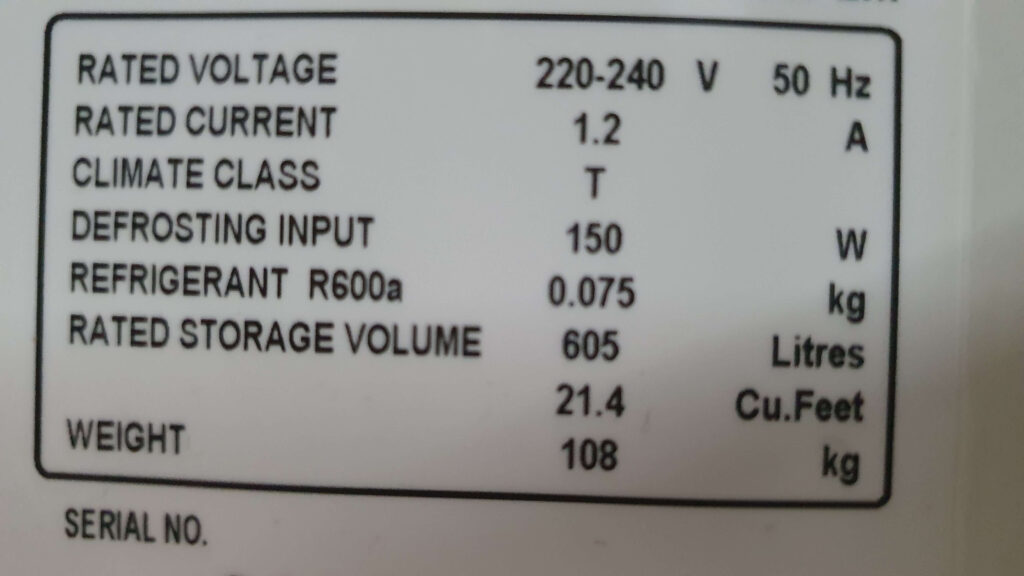
Step 2: Measure Your Kitchen Space
Before falling in love with a refrigerator, make sure it actually fits in your kitchen! Follow these steps:
- Measure the Width, Height, and Depth: Use a measuring tape to determine the space available for your fridge.
- Leave Breathing Room: Refrigerators need ventilation. Leave at least 2-3 inches (5-7 cm) of space at the back and 1 inch (2.5 cm) on the sides for airflow.
- Check Door Clearance: Ensure the refrigerator doors can open fully without hitting walls or cabinets.
- Consider Pathways: Measure doorways and hallways to ensure smooth delivery and installation.
Step 3: Understand Different Refrigerator Styles
Refrigerators come in various styles, each with different storage capacities and footprints. Choose the one that fits your space and needs:
1. Top-Freezer Refrigerator
- Pros: Affordable, energy-efficient, and compact.
- Cons: Freezer is at the top, requiring bending down for the fridge section.
- Best For: Small kitchens and budget-conscious buyers.
2. Bottom-Freezer Refrigerator
- Pros: Frequently used fridge section is at eye level.
- Cons: Freezer organization can be challenging.
- Best For: Families who use the fridge more than the freezer.
3. Side-by-Side Refrigerator
- Pros: Narrow doors require less clearance; good for frozen food lovers.
- Cons: Limited horizontal space in both fridge and freezer sections.
- Best For: Narrow kitchens with limited door swing space.
4. French Door Refrigerator
- Pros: Spacious fridge section with wide shelving; stylish.
- Cons: Expensive and requires more space.
- Best For: Large families and modern kitchens.
5. Mini Fridge
- Pros: Compact and ideal for small spaces like dorms or offices.
- Cons: Limited storage, not suitable for a full household.
- Best For: Singles, offices, or secondary storage.
Step 4: Assess Your Storage Needs
Think about your grocery shopping habits and the types of food you store:
- Fresh produce lovers: Look for a fridge with larger crisper drawers.
- Meat and seafood eaters: Consider a model with a dedicated chiller compartment.
- Frozen food buyers: Opt for a larger freezer section.
- Beverage collectors: French door models often have spacious door bins.
- Leftover keepers: Adjustable shelves help maximize storage flexibility.
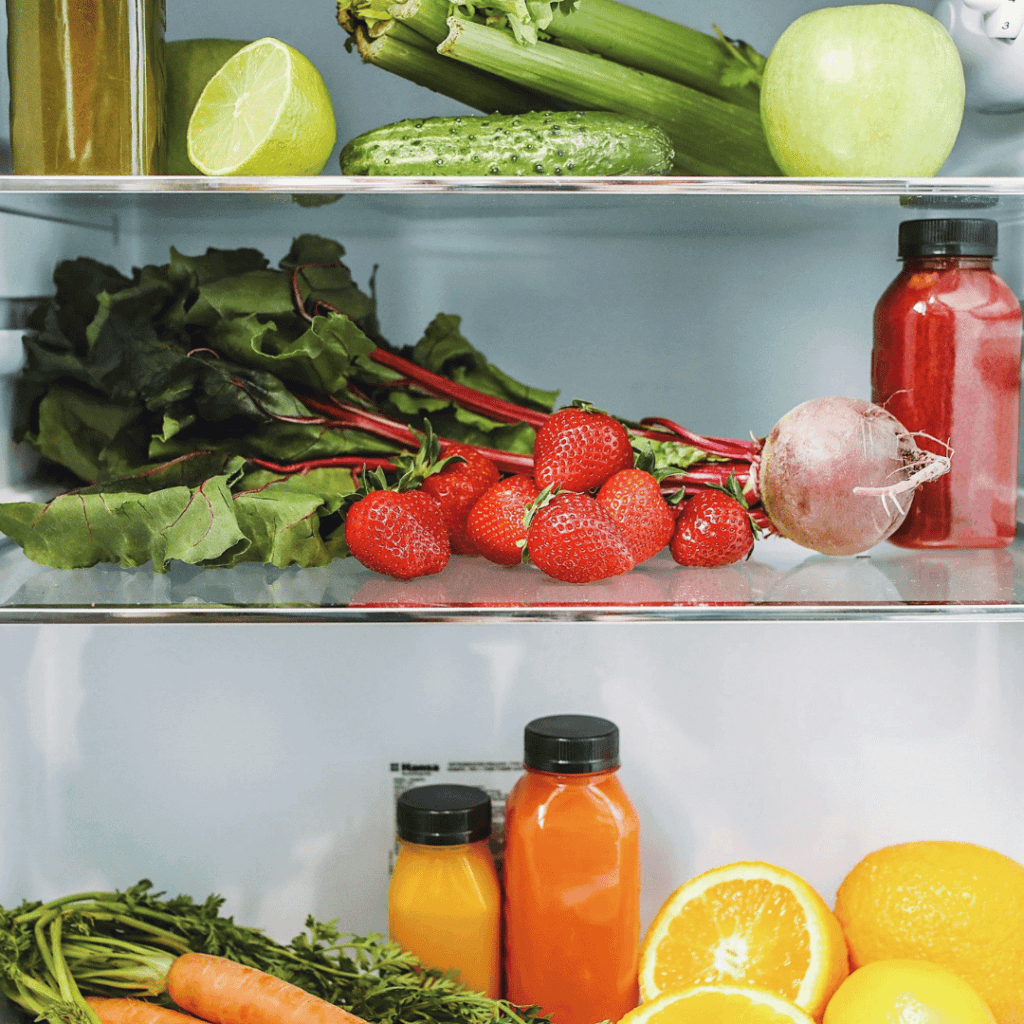
Step 5: Consider Energy Efficiency
Refrigerators run 24/7, so energy consumption matters. Look for these energy-saving features:
- Energy Star Rating: More stars indicate higher efficiency.
- Inverter Compressor: Adjusts cooling power based on usage, reducing electricity bills.
- LED Lighting: Uses less power compared to traditional bulbs.
- Smart Features: Some modern fridges allow remote temperature control to optimize energy use.
Step 6: Factor in Special Features
Modern refrigerators come with various features to improve convenience:
- Ice and Water Dispenser: Great for hydration but requires plumbing.
- Convertible Compartments: Lets you switch between fridge and freezer modes.
- Smart Fridges: Connects to WiFi for grocery tracking and temperature adjustments.
- Deodorizer: Keeps the fridge smelling fresh.
- Door-in-Door Design: Reduces energy loss by giving quick access to frequently used items.
Decide which features align with your lifestyle and budget.
Step 7: Balance Budget and Quality
Refrigerators range from a few hundred to several thousand ringgit. When choosing, consider:
- Initial Cost vs. Long-term Savings: A cheaper model may cost more in electricity over time.
- Brand Reputation: Go for trusted brands with good warranties and customer service.
- Maintenance Costs: Some high-tech features might require specialized repairs.
Conclusion
Picking the right refrigerator size isn’t just about choosing a model that looks nice—it’s about finding one that meets your storage needs, fits your kitchen space, and keeps your groceries fresh efficiently. By considering household size, measuring available space, and selecting the right style, you can find the perfect fridge for your home. Happy fridge shopping!
For more buying guides, read our blogs here.
You May Also Like
- How to Choose the Right Refrigerator Size for Your Home?
- Why Is My Washing Machine Not Draining Water?
- Why You Should Deep Clean Your Washer Dryer Once a Year?
- Inverter or Non-Inverter Air Conditioner: Which To Buy?
- What is the Right Air Conditioner Horsepower for Your Home?
- 5 Tips to Buy an Air Conditioner in Malaysia

